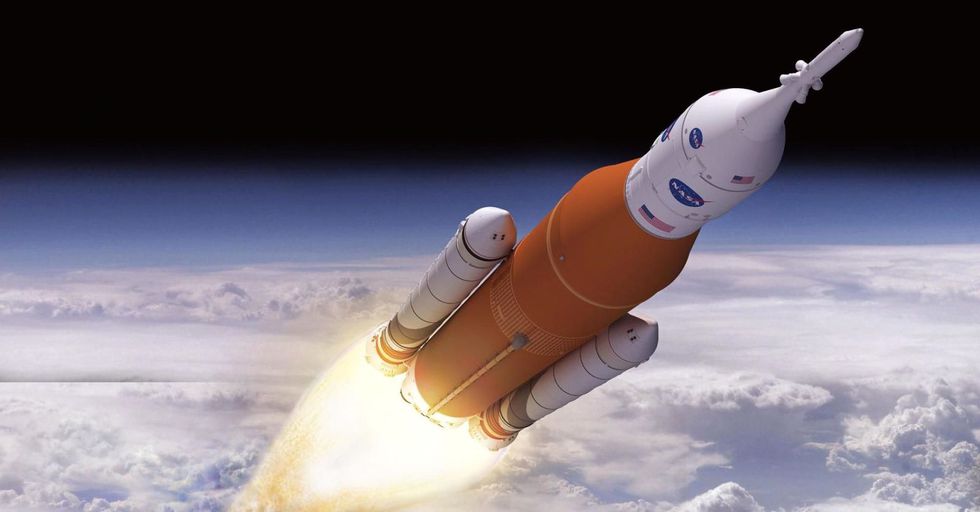It has been over a decade since the Solar Dynamics Observatory of the National Aeronautics and Space Administration started watching the sun. To celebrate this, the United States Postal Service has issued a set of Sun Science Stamps. These stamps bring the attention of people to different aspects of the sun as observed from the workhorse mission. The stamps were issued by the USPS during a ceremony at the Greenbelt Main Post Office in Maryland. The stamps are now available for purchase at all post offices in America. The stamps have stunning images of our nearest start to celebrate the science behind the ongoing exploration. In order to add glimmer, these stamps have been printed with a foil treatment. These images show striking colors of the sun that is not perceived by the naked human eye. The images are provided by NASA’s Solar Dynamics Observatory and are colorized according to different wavelengths highlighting specific features of the sun’s activity.
Director for NASA’s Heliophysics Division Dr Nicky Fox said that these stamps are very gorgeous and ‘such a pleasure to see.’ “I have seen these images from the Solar Dynamics Observatory. These stunning images have helped us learn more about the sun. They have provided an insight into how its constantly changing atmosphere can affect the planets, including earth. I am very happy that the US Postal Services is making these images accessible to every citizen of the United States.” NASA’s Solar Dynamics Observatory was launched in the year 2010. The SDO, which has two imaging instruments, started taking images soon after. The imaging instruments are Magnetic Imager and Atmospheric Imaging Assembly. These instruments are designed in concert to provide complementary views of the sun. The SDO is capable of capturing 10 different wavelengths of light of the sun and different temperatures. It uses a technology that allows scientists to probe deep into the interior of the sun.
Also, the SDO is capable of measuring the motion of solar material and also its magnetic field. The SDO has been capturing the sun for more than a decade now and has provided scientists with hundreds of millions of stunning images of the sun. SDO project scientist Dr Dean Pesnell said that the SDO has helped researchers understand the ecology of the sun. “We have seen all kinds of events, big and small, and this has helped us understand how each of them affects each other.” In order to study regular activity cycles of the sun, long data collected by the SDO can be extremely helpful. The activity cycle of the sun swings between low and high approx every 11 years. The SDO data has helped researchers uncover many unknown things related to the sun. Dr Mark Cheung, principal investigator for SDO, said that having long-term data of the sun can make researchers understand what makes it tick.
